
BETTER FROM THE VERY BEGINNING OF THE SUPPLY CHAIN
Since we started JACK & JONES, the quality and sustainability of the materials we use and the way we source them has been central to who we are as a brand.
Cotton is the #1 material we use, which makes it our biggest focus. In 2023, we reached our target to source 100% of our cotton from alternatives like Better Cotton, organic or recycled cotton. From sourcing through the Better Cotton Initiative (BC) to upping our use of organic and recycled cotton, we are focusing on initiatives that will keep our sustainability ambitions on track — improving traceability and transparency in the process.
It does not stop there though. Polyester is our second most-used material, so it is also a high priority. By 2025, we will source 50% of our polyester from recycled polyester or other more sustainable sources. We are moving away from virgin polyester and investing in post-consumer recycled fibers from bottles and textiles.
We respect the welfare of animals, so we follow strict guidelines that cover the sourcing of natural fibers like wool and down. By 2025, 100% of the wool used will be certified or recycled. 100% of our down is certified and sourced from farms that uphold animal welfare best practices.
Looking to the not-so-distant future, we are initiating the creation and use of innovative fibers, partnering with material pioneers like LENZING™ and SPINNOVA to push ourselves — and the industry — forward. With their tech and our expertise, we are able to experiment with trial projects that can be rolled out at scale. It is not going to be easy, but hard work has never stopped us from doing what is right — we just look good doing it.
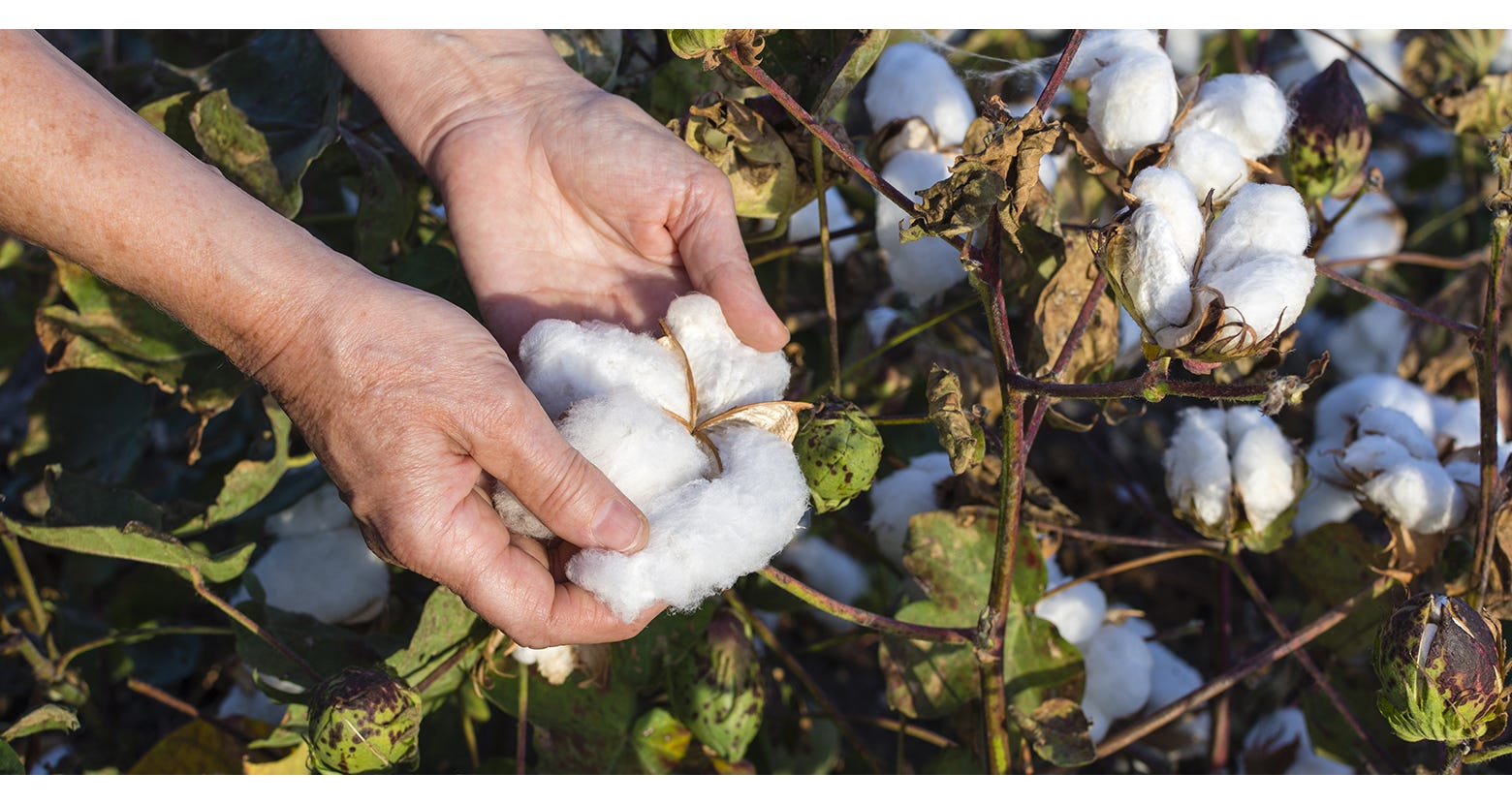
IT ALL STARTS WITH COTTON
As a denim-focused brand, cotton is the material we work with most so, naturally, we have spent a lot of time working out how to do it better. In 2023, we reached our target that 100% of our cotton will be sourced from alternatives like Better Cotton, organic and recycled cotton. We are proud members of the Better Cotton Initiative (BC). To help increase our uptake of organic and recycled cotton, we are finding and investing in more certified, traceable sources and stepping up our role in forward-thinking projects like the direct-to-farm initiative.
Here is a snapshot of our current cotton use:
● In 2023 22% of our cotton supply chain was third party certified organic cotton. Organic cotton has a positive effect on soil health, helps to protect biodiversity and is free from artificial pesticides and fertilizers and genetic modification. We source traceable cotton through the
href="/bg-bg/content/abetter-world/farm-to-product">direct-to-farm initiative, both organic and in-conversion cotton. By sourcing in-conversion cotton we are supporting farmers in the transition phase from conventional to organic cotton production. With direct to farm we ensure transparency in the supply chain. From farmer to spinner, to fabric mill, to manufacturer. In 2023 we will convert our best selling basic styles to organic and in-conversion cotton sourced through our direct-to-farm project.
● We constantly work on increasing our sourcing of recycled cotton. For example from pre-consumer recycled cotton of our own production, sourced through an innovative collaboration with CYCLO® and one of our top manufacturers GMS.
● The rest is sourced through Better Cotton. As a farming standards program, this means it has been grown in compliance with Better Cotton’s seven principles and criteria, including minimizing the harmful impact of crop protection practices, caring for the health of the soil and the promotion of decent work. We are a proud member of Better Cotton since 2012. Better Cotton is sourced via a chain of custody model called mass balance system. This means that Better Cotton is not physically traceable to end products, however, Better Cotton Farmers benefit from the demand for Better Cotton in equivalent volumes to those we source. More than that, as members of the Better Cotton Growth and Innovation Fund, we invest in projects that support and train local farmers to help increase the volume of Better Cotton overall. In future Traceable Better Cotton will be our minimum standard for cotton sourcing.
Right now, we are focused on upping our use of organic cotton, with a goal to source at least 30% organic cotton by 2025. However, still only 1,4% of cotton available on the global market is organic, and tracing and verifying cotton’s organic credentials can be challenging. That is why we are proud to play a leading role in an initiative run by our parent company BESTSELLER called direct-to-farm. The project is helping us secure a supply of organic cotton while giving us traceability right down to the farm where the cotton was grown and the farmer who grew it. Together with our suppliers, we are working to improve the organic cotton industry as a whole, building a model that is both scalable and transparent we are creating a secure market and premium payment for the farmers, facilitating third-party validated impact data and making future investments in farmer training.
Powerful quote: By 2025, more than half of the cotton we use will be organic, recycled or in-conversion cotton
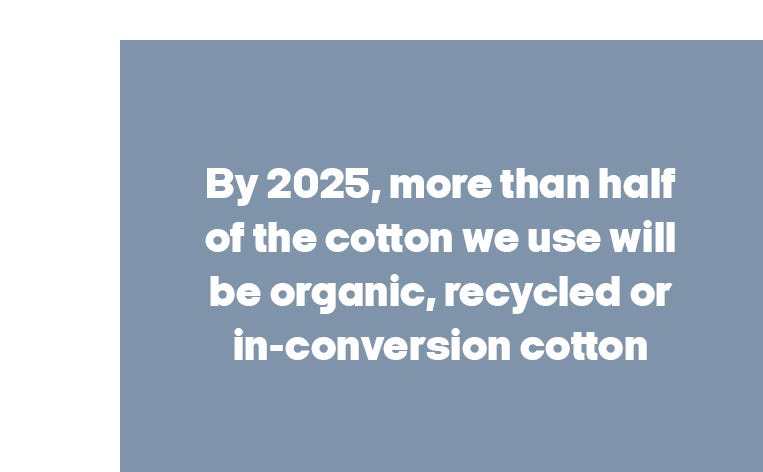
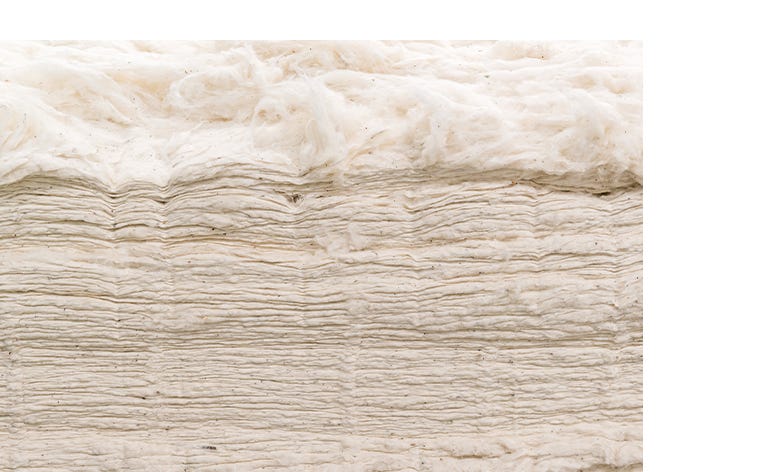
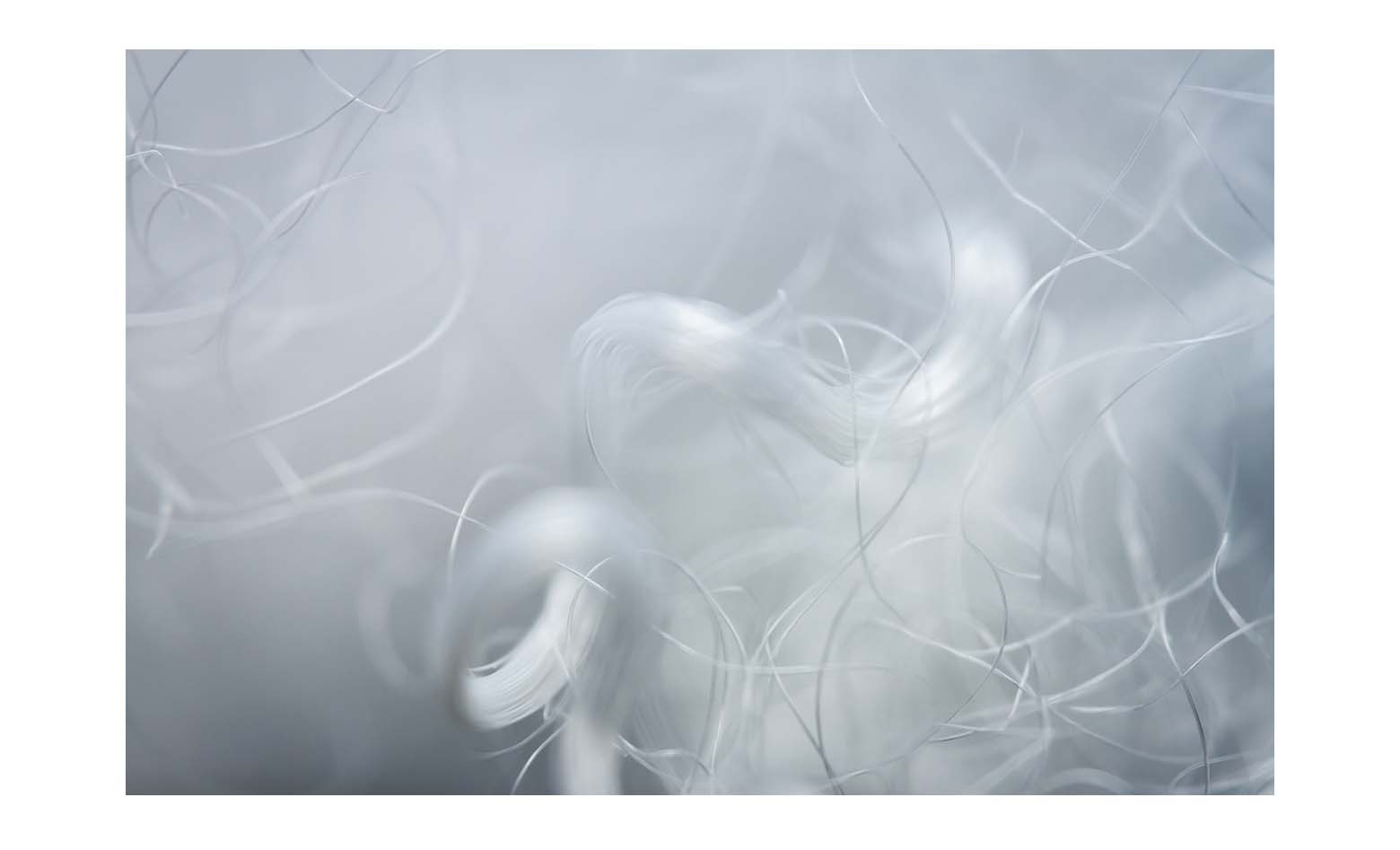
Increasing recycled polyester share
At JACK & JONES, we have got a solid plan to source 50% of our polyester from recycled polyester by 2025. Because why use new materials when we can make use of what is already there? We are partnering with our manufacturers to incorporate recycled polyester made from post-consumer plastic into our clothes and investing in some seriously cool next-generation approaches too.
Polyester is lightweight, hard-to-crease and long-lasting. But its creation and use comes with challenges — it is made from petroleum and sheds microplastics. Other solutions are recycled polyester made from post-consumer plastic — like water bottles – or textile-to-textile waste.
Here are some examples how we incorporate recycled polyester:
● Our Recycled Puffer Jacket and Vest are made
entirely from recycled polyester made from plastic bottles, in partnership with mills BC-TEX, Hairun and Global Thai. From the main fabric and padding to the trims and even the thread — everything apart from the metal puller on the zipper (but that is something we are working on). You can read more about these products here.
● With our Autumn/Winter collection 2023 we started to make all our new jackets not only with recycled lining, but also recycled polyester padding.
● We now work on increasing the share of recycled polyester in our shell fabrics.
Traceability is important, which is why the recycled polyester we use is third party certified.
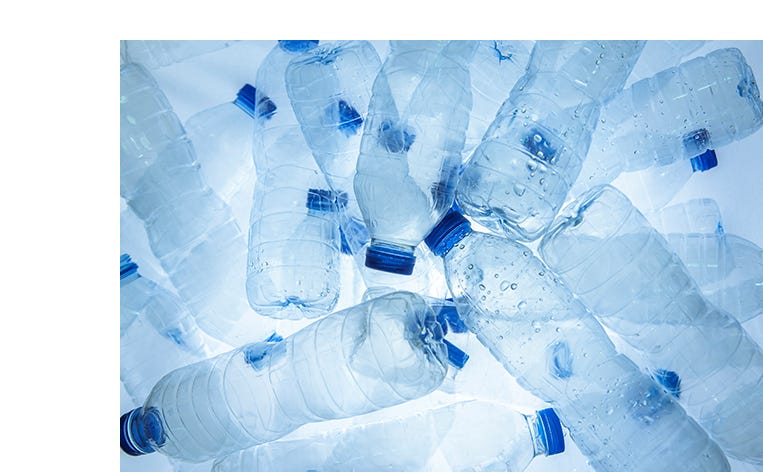

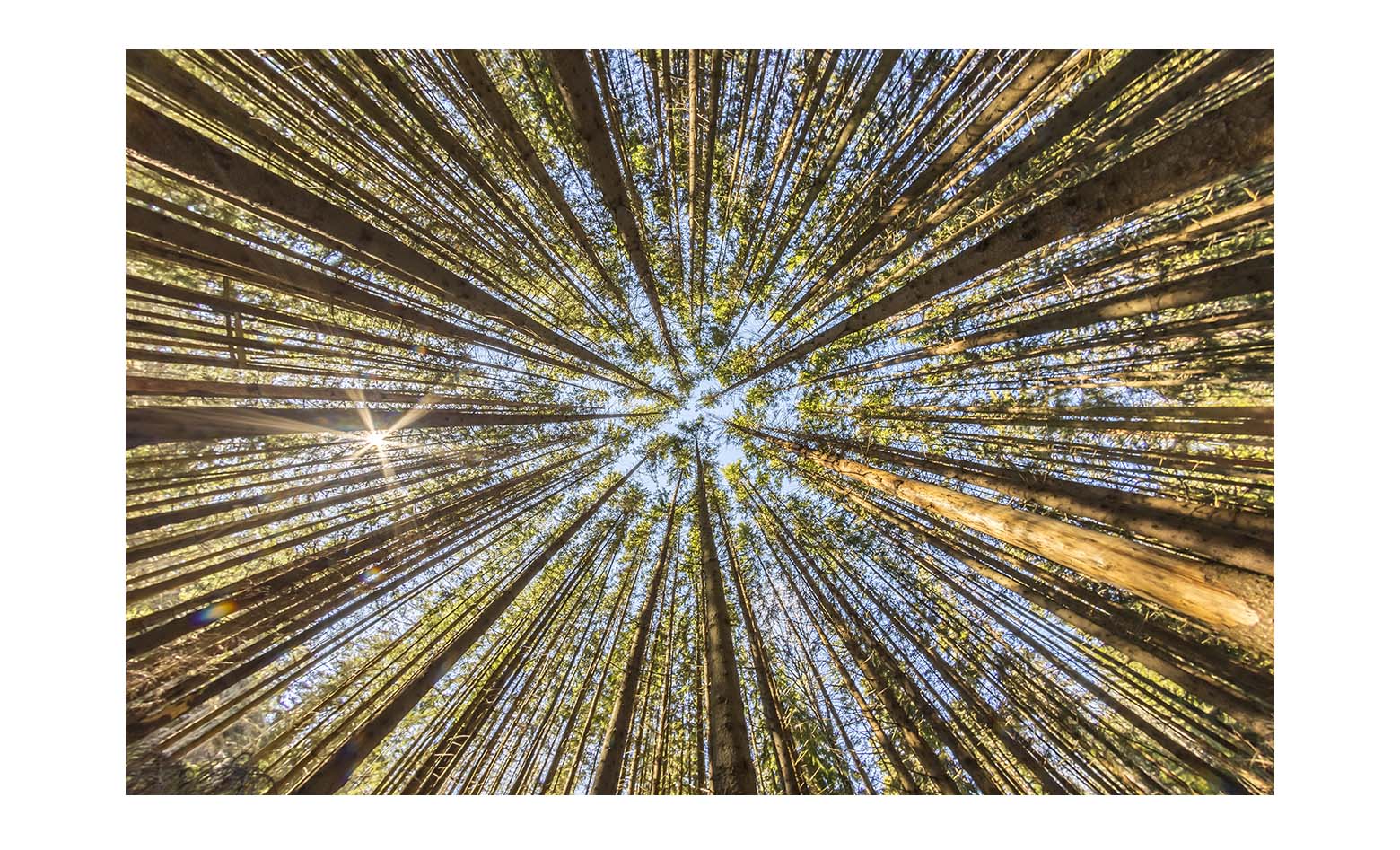
RESPECTING ANIMAL WELFARE
Our commitment to responsible sourcing includes animal-based fibers like wool, down and leather, which make up less than 1% of the materials we use every year. We respect our two and four-legged friends and take every step to make sure they are treated right by following the strict Animal Welfare policy set by our parent company BESTSELLER. In addition to being proud members of the Fur Free Alliance, we are taking additional action within our wool and down supply chains.
In 2023, 59% of the wool we used was recycled or certified. We have also banned wool from sheep exposed to a painful process called mulesing. By 2025, 100% of our wool will be certified, organic or recycled.
Many of our puffer jackets use down feathers from ducks and geese to keep you warm. We have committed to sourcing 100% of our down and feathers more responsibly, to ensure that the animals are treated humanely and do not experience unnecessary harm. We get our down from farms that provide enough space for ducks and geese to run around and do not engage in inhumane practices like force-feeding or live-plucking.


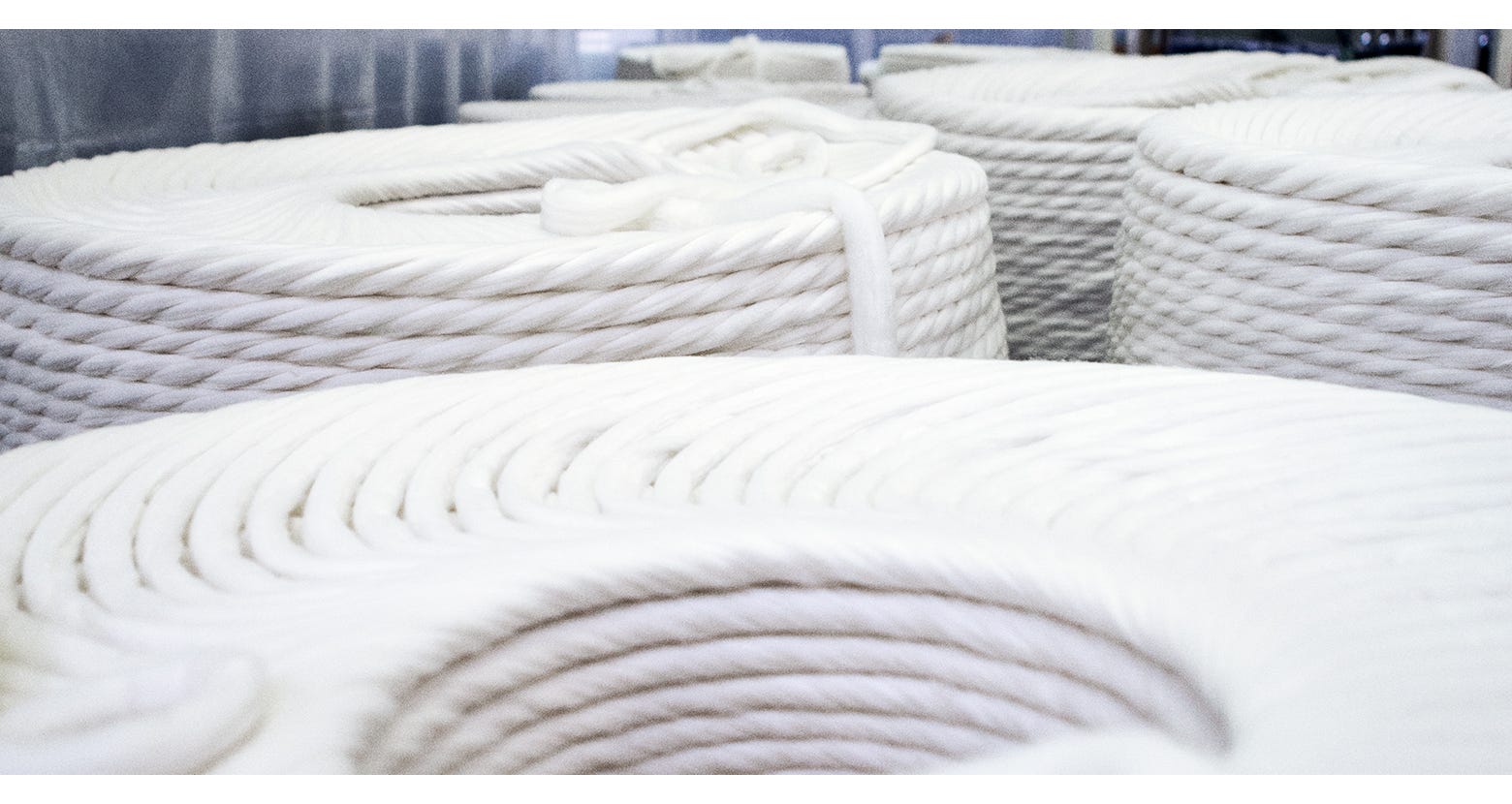
INNOVATING TOWARD THE NEXT GENERATION OF MATERIALS
We have made a pretty good start on our Better Materials journey, but pretty good does not cut it. Where we want to go is next level, so we are investing in the next generation of material pioneers. Working closely with the Fashion FWD Lab, we have partnered with companies at the forefront of material innovation like LENZING™, OnceMore and SPINNOVA. From initial experiments to market-ready products, we are playing a lead role in the development of circular fibers, better production methods, new business models and smarter ways of manufacturing.
Through our parent company BESTSELLER, we are partnering with organizations like Fashion for Good, Textile Exchange, Sustainable
Apparel Coalition, Make Fashion Circular, Global Fashion Agenda and Canopy to keep us up to speed with the fashion industry’s newest developments.
Here are some of the innovations we have introduced so far:
● We use TENCEL™ Lyocell and Modal, both of which use less water, less dyes and are made from the wood pulp of sustainably managed forests.
● OnceMore®. Södra is not only the first one being able to recycle blended fibers with high synthetic content, but is one of the few to produce pulp that again becomes viscose fibres and new textiles. The pulp produced in the OnceMore® process consists of cellulose which originates from two sources – from recycled textiles and from wood from Södra’s responsibly managed forests. The OnceMore® pulp is equal to dissolving pulp for viscose or lyocell production when it comes to purity, quality and properties. In summer 2022, we have launched the first product ever made with OnceMore® fibre and we have continued including the fibre in several of our collections across different product categories.
With a lot of projects in the works, we know some will be successful and some will not. But that is part of the deal, right? Here are some of the innovations we are still experimenting with:
• OnceMore®. Södra is not only the first one being able to recycle blended fibers with high synthetic content, but is one of the few to produce pulp that again becomes viscose fibres and new textiles. The pulp produced in the OnceMore® process consists of cellulose which originates from two sources – from recycled textiles and from wood from Södra’s responsibly managed forests. The OnceMore® pulp is equal to dissolving pulp for viscose or lyocell production when it comes to purity, quality and properties. In summer 2022, we have launched the first product ever made with OnceMore® fibre and we have continued including the fibre in several of our collections.
With a lot of projects in the works, we know some will be successful and some will not. But that is part of the deal, right? Here are some of the innovations we are still experimenting with:
● SPINNOVA®. The finish-based company creates a fibre made from certified wood or waste without using any harmful chemicals and with almost no water. We have launched our first pants made with SPINNOVA fibre in October 2022 and there is more to come.
● INFINNA™ technology transforms end-of-life textiles into brand-new fibers without harmful chemicals. While the current focus is to use cotton-rich textiles, the technology can also turn other cellulose-rich materials such as old newspapers, used cardboard, and crop residues like rice or wheat straw into the same fiber.
In our work toward A BETTER WORLD, we are going to keep trying and failing and trying again in our push to make our materials the best they can be — glad to have you along for the ride.
Powerful quote: “JACK & JONES is a part of several important pilots running in BESTSELLER’s Fashion FWD Lab. With JACK & JONES we move from idea to reality by working actively with testing and integrating new innovative solutions. They make sure that we can implement great innovations into our sourcing structure and ultimately into products that consumers can buy.” - Camilla Skjønning Jørgensen, Materials & Innovation Manager, BESTSELLER SUSTAINABILITY
